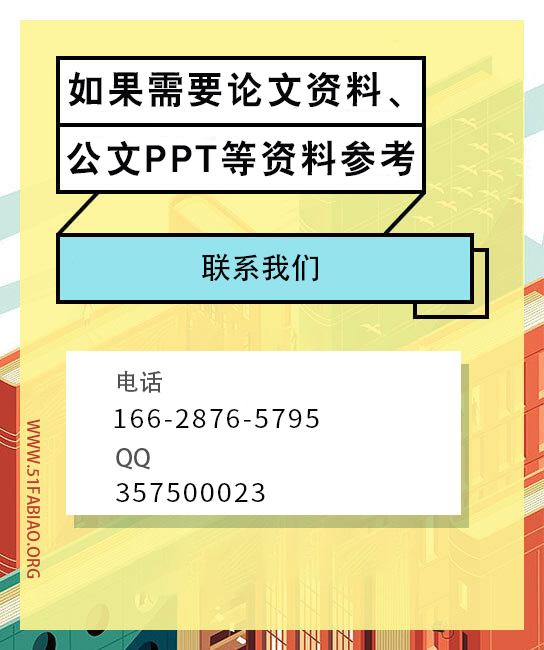.....
Chapter 2 Gender Identity and Feminist Translation in World Context
2.1 Possibility of Distinguishing Gender Identity in Translation
Nowadays, by encouraging women to handle different texts, feminist translatorsshow their indifference and disobeying of the traditional concept of translation. Theattention of the woman’s signature shows the gradual emergence of a women’sidentity in a translating work field. In fact gender difference is a very important fact ofhuman life and can be seen in language. The matter of "language and gender" makespeople pay more attention to linguists in the early 20thcentury. F. Maruthner and O.Jespersen in this period did large amounts of research on how gender elementsfunction and influence the local languages of southeastern countries; their researchscope within the languages of European countries. In 1913, F. Maruthner stated thatsocial and historical elements determine the small difference. In 1922, O. Jespersen inhis influential “Language: Its Nature, Development and Origin” 1922, demonstratedthe characteristics of women's language use, and according to his study, “both lexicaland syntax adopted by women tend to be obviously different from men” (Han Yunxia,2007:17). After the 1980s, with the development of western feminism, women studiesgained more and more attention, and many female linguists have taken the issue intotheir own study of language; and new branch - sexual linguistics- came to beestablished in its own right.
.........
2.2 Feminist Translation in Canada
Within the context of the numerous ‘post-’ theories from the 70s(post-colonialism, post-modernism, post-structuralism) and a renewed interest incultural studies, an encounter between feminisms and translation studies (TS) hastaken place that will surely benefit both disciplines. One of the visible results of thisintersection can be seen in the birth of the Canadian school of feminist translation. Itscontribution to TS was (and still is) such that, despite the criticism and laterredefinitions of the notion of feminist translation, mainstream Translation Studiestoday still commonly see the Canadian proposal as the universal paradigm of feministtranslation and, by extension, as the paradigm of the interaction between feminismsand translation. Yet, in a time like now, in which feminisms find themselves immersedin a process of internal debate after realizing that second wave feminism (the one thathad inspired the Canadian school) is not valid as a framework in which to developnew proposals, it’s suggested that the circumstances are right for expanding the areasof study that could arise from the interaction between the two disciplines. First of all,we should gather together and re-examine from a critical perspective, some of theareas of mutual interest shared by feminisms and translation. Despite some of themhaving been already studied, they still lack a systematic structure because they havebeen largely overshadowed by the Canadian proposal. At this point the present aim isto go beyond the fundamentally practical level and to address the conceptual,historiographical, critical or professional levels, which will afford a more holisticunderstanding of the points of intersection between feminisms and translation andthus help to promote these renewed research horizons. Secondly, it’s necessary tore-examine the practical level with the aid of the new feminist approaches totranslation and paratranslation, as acts of intercultural ideological mediation (Garrido2005), within the framework offered by third wave feminist linguistics (Mills 2003and 2008).
....
Chapter 3 Feminist Translation as a Third Wave..........22
3.1 Towards a Third Wave........22
3.1.1 Translational


